Orlucent® has developed the first handheld fluorescent molecular imaging system to non-invasively evaluate early tissue remodeling that signals a mole’s transition to atypia.
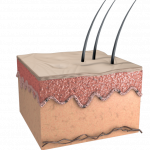
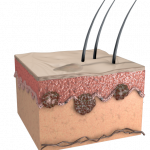
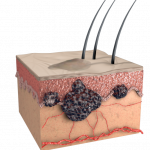
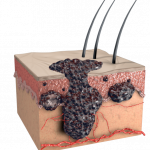
High biological activity
Low biological activity








High biological activity
Low biological activity
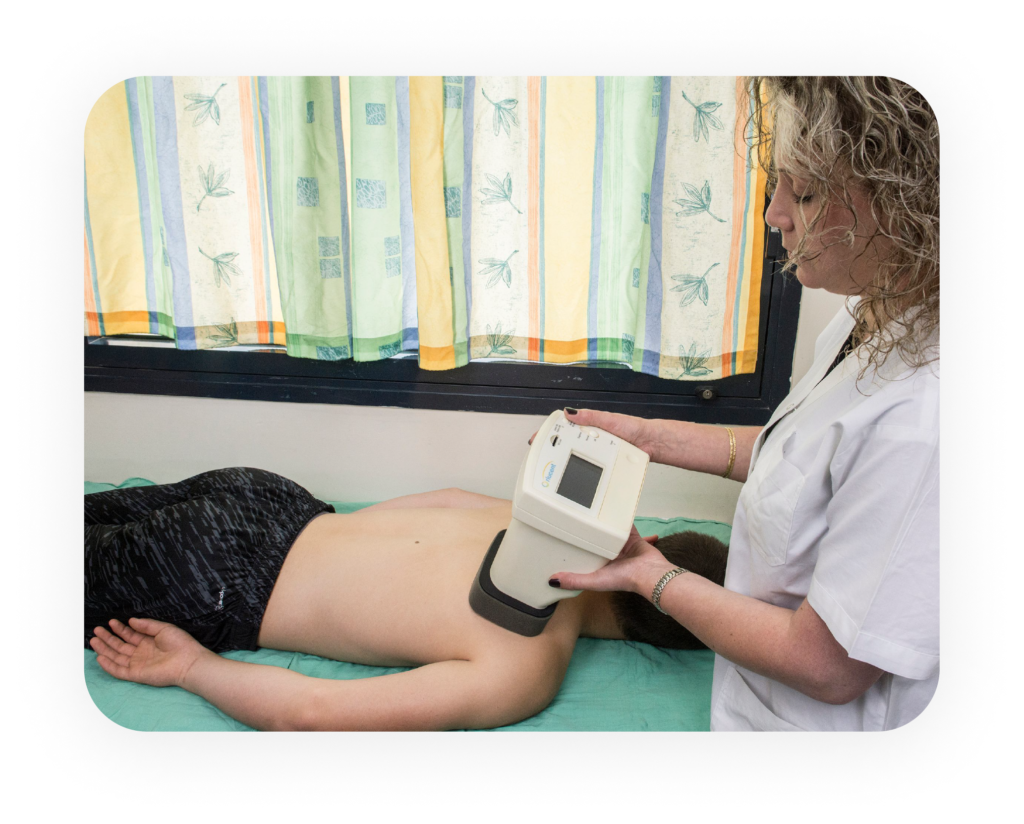
¹ Friedman et al. The “dysplastic” nevus
⁵ March et al. Practical application of new technologies for melanoma diagnosis: Part I
⁶ Angelucci D. Diagnosis: Melanoma: What emerging tests and tech mean for dermatologists
Tissue remodeling is indicative of a nevus transforming to atypia and atypical nevi have a potential to become melanoma.¹ Unfortunately, current visual assessment methods are not always sufficient to distinguish between benign or suspicious atypical moles.² ⁻ ⁴ For this reason, biopsy is often used to gain histopathological information. However, this takes time and biopsies have some risk of causing infection and scarring.
Addressing physician desire for improved mole evaluation tools ⁵ ⁻ ⁷ the Orlucent system was developed with the aim of increasing efficiency and reducing subjectivity and invasiveness in the identification of moles with potential to develop into malignancy.
¹ Friedman et al. The “dysplastic” nevus
⁵ March et al. Practical application of new technologies for melanoma diagnosis:Part I
⁶ Angelucci D. Diagnosis: Melanoma: What emerging tests and tech mean for dermatologists
Lorem ipsum dolor sit amet, consectetur adipiscing elit, sed do eiusmod tempor incididunt ut labore et dolore magna aliqua. Ut enim ad minim veniam. Lorem ipsum dolor sit amet.
Get updates on special events and receive your first drink on us!
©2024 Orlucent, Inc.
Los Gatos, California, USA
Contact: info@orlucent.com